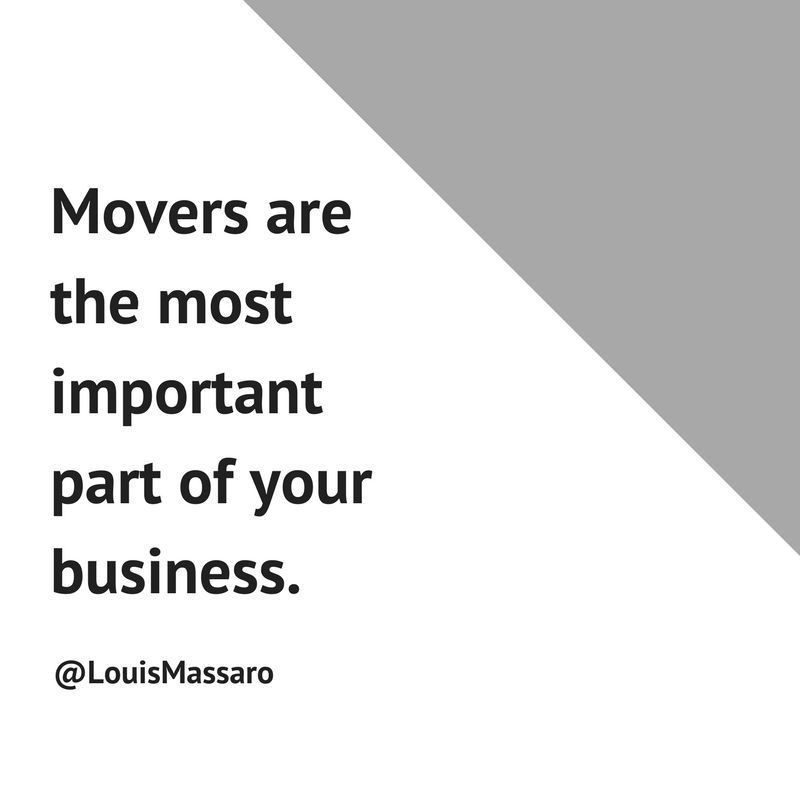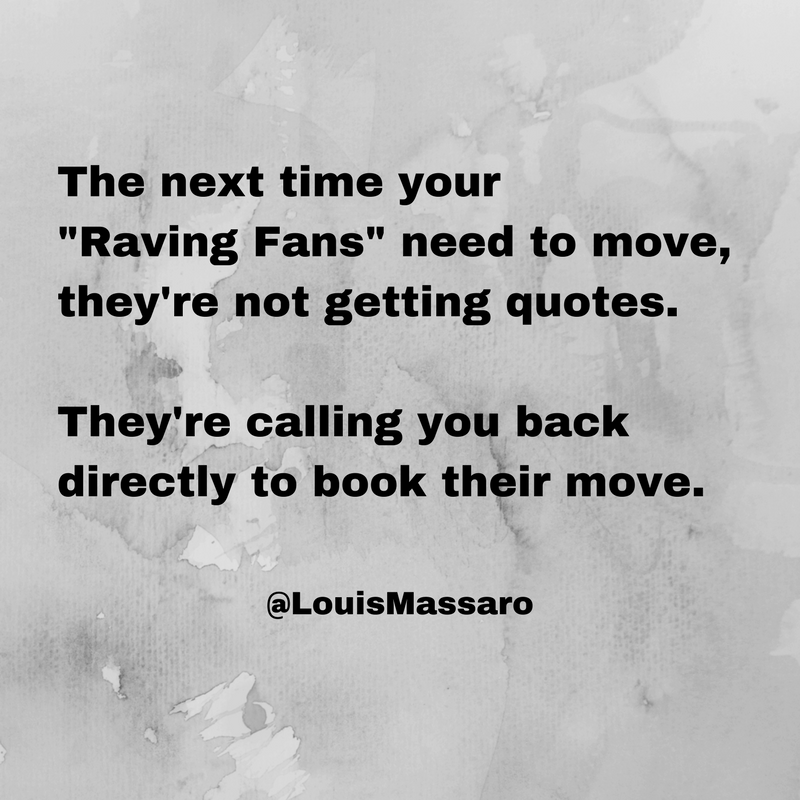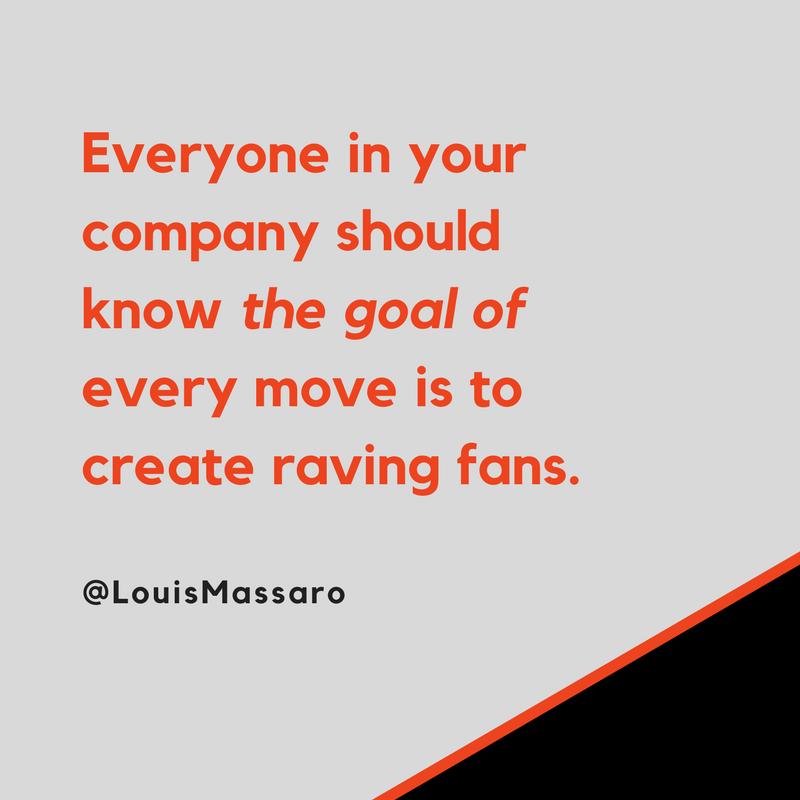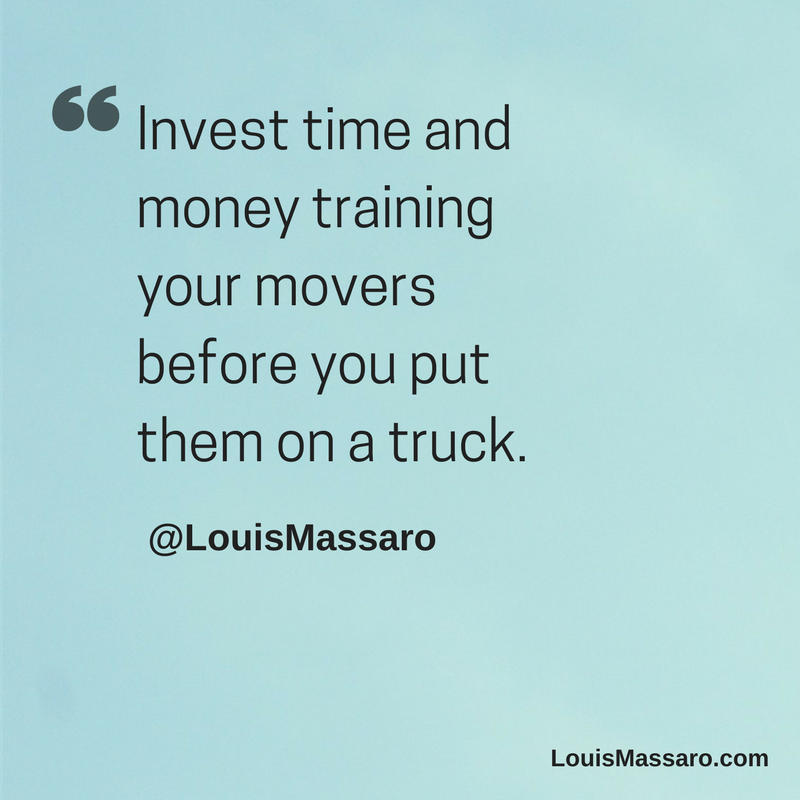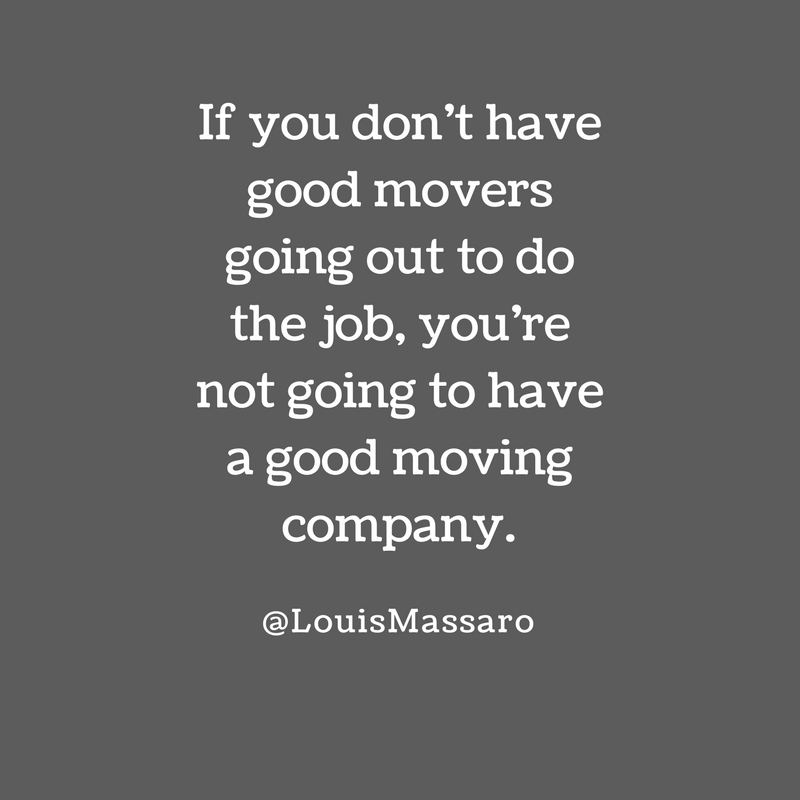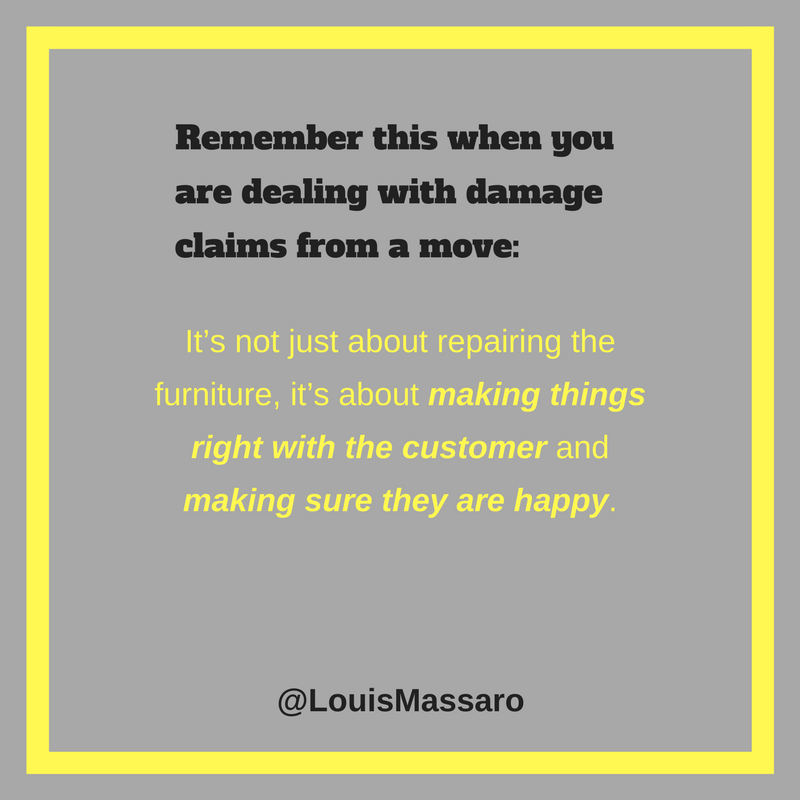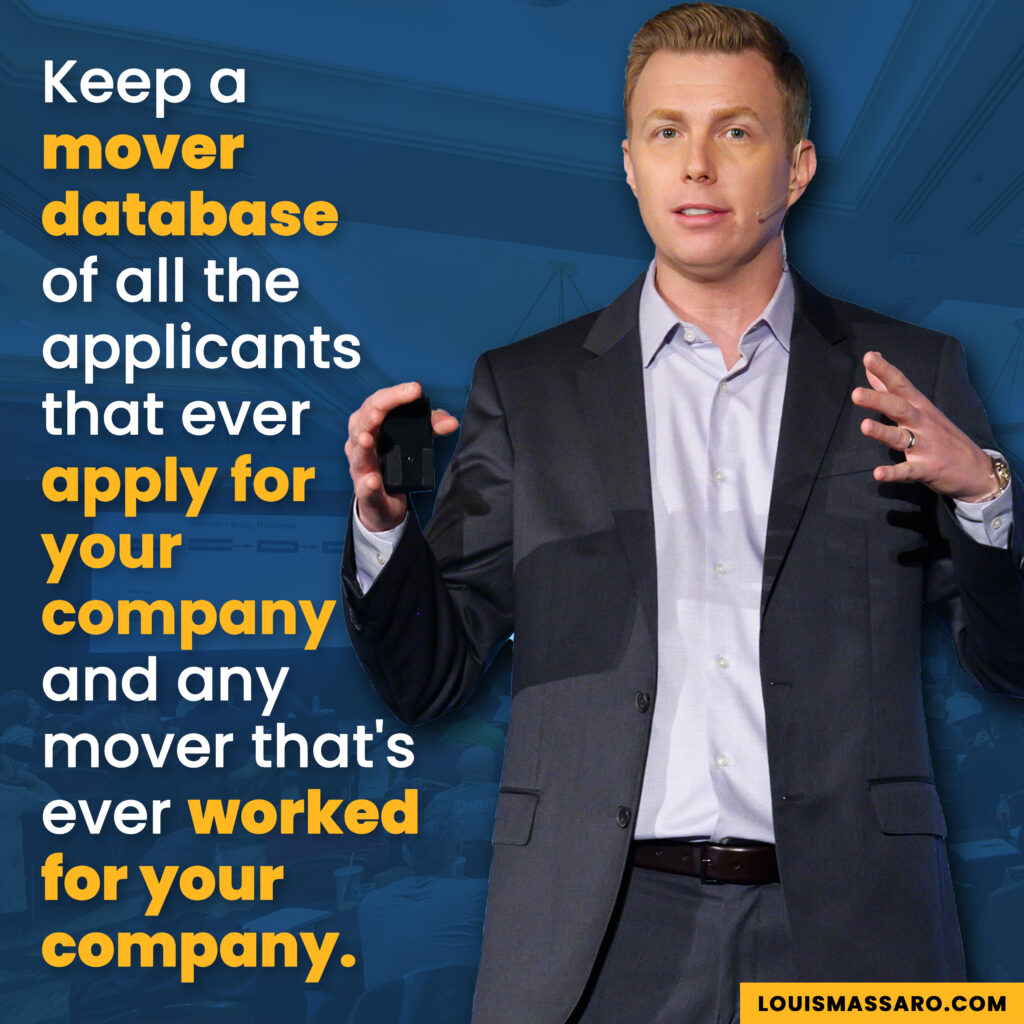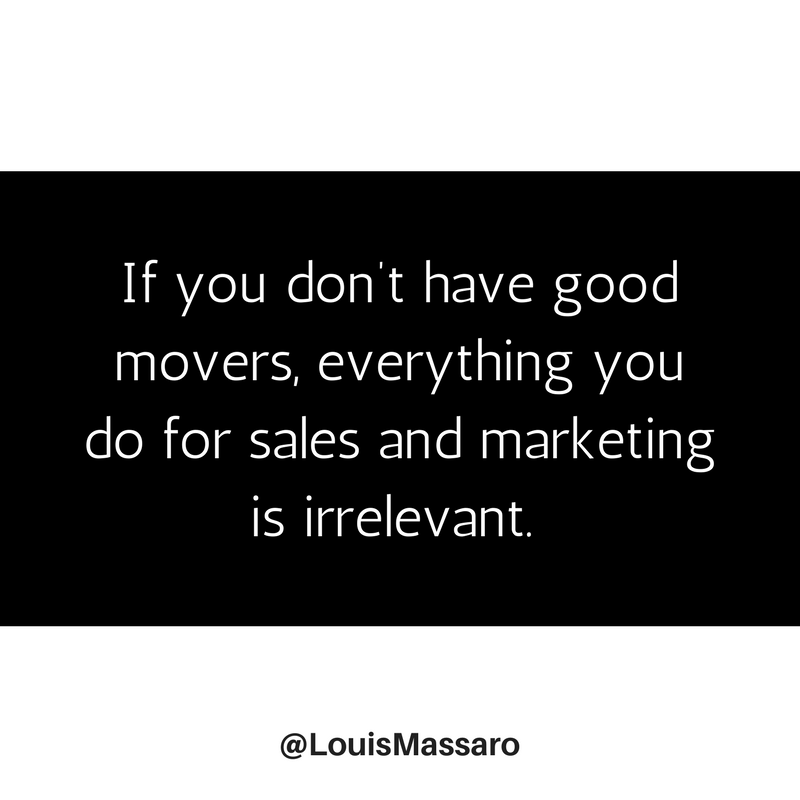SUMMARY
In this episode of The Moving Mastery Podcast, Louis Massaro shares how your movers can make a great first impression for your customers when they arrive at a job.
- “As a moving company, the first impression that you make when your crew shows up at the door of the customer’s house can determine the success of the entire move.”
- “If when the movers show up, they don’t feel that professionalism, and the expectation that they had is not met, it could start to develop into a problem move.”
- “When the crew walks up to the door, how do they introduce themselves? And what are the helpers or the other members of the crew doing at that time? The driver’s got to walk up, introduce himself, introduce the crew. The crew’s got to have pads on their shoulders, shrink wrap under their arm, everything ready to go, looking like they’re there to work.”
- “Another thing you want to do is an immediate display of care and concern. What does that mean? Well, the helpers are walking in with pads, right? They’re walking in with door jamb protectors. They’re walking in with floor protectors. They need to start doing that right away.”
- Watch the video to get full training.
HOT NEWS & DEALS!
- Join the Moving CEO Challenge: Official Louis Massaro Community Facebook Group! A place for moving company owners to connect, share ideas, and inspire one another. Click here to join!
- Latest Instagram!
Check out @LouisMassaro for new announcements, valuable tips, and enlightening videos to take your moving company to the NEXT LEVEL!
RELATED POSTS
Incentivize Your Movers and Create Raving Fans
What’s Missing from Your Mover Training?
Hiring Movers: Qualities and Skills to Look For
How to Hire Movers for Your Moving Company
How to Win in the Moving Business
Transcription
Louis Massaro:
As a moving company, the first impression that you make when your crews shows up at the door of the customer’s house can determine the success of the entire move. Think about it, when they show up if the customer has an expectation of how that move’s going to go, and you already sold them on a professional service, otherwise they would have not chose your company they would’ve went with somebody else, right? So they’re expecting professionalism. And if when the movers show up, they don’t feel that, and they don’t experience that, and the expectation that they had is not met, it could start to develop into a problem move right? In the society that we’re and the way that people operate, they’re already thinking about the negative review that they’re going to post online.
So, this showing up, the first impression when you get to the job, it plants the seed in the customer’s mind of how that day is going to go. And if it’s not a good first impression, it could shift their entire way of being that day. So if you’ve got movers that are like man, this customer’s just hovering over me, they’re following me everywhere I go. Don’t touch this. Be careful with that. Chances are it’s because they didn’t sense and feel the professionalism from your crew when they showed up. So they don’t have the confidence in their ability to provide the service that you promised them.
If you’re joining me for the first time, my name’s Louis Massaro. I’m founder and CEO of Moving Mastery, where we help moving company owners set up proven systems and processes in their business to create raving fans, increased profits, reduced stress, and live a better quality of life. And I recently went through a move myself. We moved from Arizona back to Florida. And I could tell you from having gone through that experience, I want to kind of share with you what I experienced on the day of the move.
First of all, they were late. Okay? So it’s like that’s part of it. That’s understandable. Okay? That’s understandable. But then when the driver showed up, the driver showed up in a rental truck, okay? Not only am rental truck, in a U-Haul rental truck, right? Not even like a nice Penske, it was a U-Haul rental truck. And his helpers weren’t there, right? They showed up a few minutes later separately. They were hired help that he didn’t work with before. He didn’t know, the local agency sent them over. But when I went out to the truck and he opened up the truck, all his pads were just thrown all over the place. The dolly was thrown over there. And for me, I know that’s a huge no-no. No, you’ve got to have your truck on point. Straps holding up the pads, everything nice and neat, swept out.
But I’m like, you know what? I get it. I understand it. I see what happened. His tractor and his trailer broke down and went in the shop. Okay. I’m giving him the benefit of the doubt. I’m playing it out in my head the same way that the customers play it out in their head. Right? But I know how moves are supposed to go, unlike most customers. And so I’m like, okay, he grabbed all the pads and just threw them on the truck. He’s by himself. He just wanted to get here, so he’s not making me wait any longer, making us wait any longer. And that was the start of it. Right? And then the crews, they didn’t really know any…They didn’t know the driver. He didn’t introduce me to the crews. It was just not a good first impression. Right? And so it caused me to kind of, hover over them a little bit, which I normally would not do. I’d normally say, hey, do your thing. I’m not going to sit here and try to tell you how to do your job. But I needed to make sure that they did know how to do their job. That they were the right crew to be there before they loaded up all my stuff.
So the point of the story is that that initial first impression wasn’t good. And only because I understood all the variables and the reasons that it was happening was I able to start making sense of it for myself. But most customers will not do that. Right? Most customers, that initial first impression is…they’re going to start…In their mind, they’re already writing out that negative review that they’re going to post. They’re already looking for leverage of how they’re going to ask you for a discount when it comes time to pay the bill. So, you might be thinking Louis, but you know, we want to do a good job for all of our customers. My intention is to do a good job, but how do I get my crews to consistently do a good job? And what about the customers that no matter what you do, they’re unhappy?
And I think that, the amount of customers that no matter what you do, they’re unhappy is much smaller than most people, make it out to be. Right? I think it’s an excuse. And I think we need to go into the moves, not looking at, hey, no matter what we do, they’re not going to be happy. But instead, focus on making a great first impression, focus on creating a raving fan customer, and understand that it might not go a hundred percent right every single time. But still not go into it saying, they’re not going to be happy anyways, what’s the point? Right?
And then as far as your crew, you just need to be able to train them on what you want them to do. So let me give you three things that will be helpful for creating a great first impression, which will set the tone for the rest of the move. First one is the customer greeting. Right? You want to have a moving process. You want to have a checklist for your movers to go out there. And one of the first things on it is the customer greeting. When they walk up to the door, how do they introduce themselves? And what are the helpers or the other members of the crew doing at that time? Right? So for me, the driver’s got to walk up, introduce himself, introduce the crew. The crew’s got to have pads on their shoulders, shrink wrap under their arm, everything ready to go, looking like they’re there to work. Not over there smoking a cigarette, not messing around in the truck. Customer ordered three movers. They need to see three movers at the door. Right?
Then the second thing you want to do is an immediate display of care and concern. An immediate display of care and concern. What does that mean? Well, the helpers are walking in with pads, right? They’re walking in with door jamb protectors. They’re walking in with floor protectors. They need to start doing that right away. Right? Right away for the customer to see. You’re there, you’re not messing around. This puts a wow. The customer all of a sudden is like, okay, they’re here. They care about my stuff. They’re concerned about causing any damage, and they’re getting right to work. They’re not wasting time. You know, especially if you’re paying on a local move, if they’re paying by the hour and they don’t feel like you’re really moving along again, you’re planting the seeds for that bad review later on, or that unsatisfied customer. So that immediate display of care and concern is important. Right?
The third thing you want to do is make sure you’ve got a clean and organized truck. Clean and organized truck. And I know it sounds simple. And I know you might intend to do that. And I know you might want your crews to do that, but are you making sure that before that truck shows up at the customer’s house, before the door comes up, or the doors open, whatever type of trucks you’ve got, that the pads are nicely, neatly stacked and folded. The dolly, it’s strapped in, it’s swept out and it looks good. Because you have to realize, the customer doesn’t look at it and just go, oh, it’s a truck. We do this every day. Oh, those are pads. They’re gonna look at it and say, my stuff is going in there. Right? All my belongings are going in that truck. It should not look like an episode of Hoarders in your truck. It should look like a nice clean place where their stuff is going to go. All right?
These are three simple tips. If you want to dive deep into what I call creating the perfect move method, I’ve put together a free training. It’s called the perfect move method. I’ll break down for you how to set this up, the three phases that you need to go through. You can get it for free at my website. It’s louismassaro.com/perfectmove. louismassaro.com./perfectmove. Go get that free training and start creating more raving fans, which bring in more profits. They reduce stress. You have happier customers. You’re prouder of the job that you do, which all leads to a better quality of life. So until I see you next time, go out there every single day, profit in your business, thrive in your life. I’ll talk to you soon.

